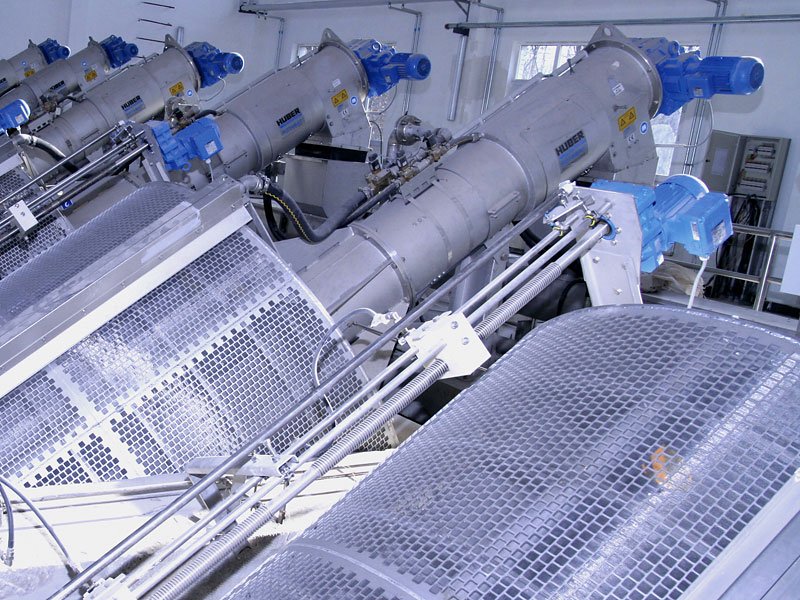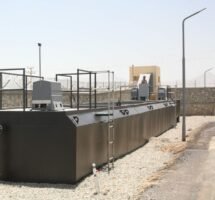triboelectric nanogenerator for water treatment
The Triboelectric Nanogenerator (TENG) is a cutting-edge technology that has the potential to revolutionize the way water is treated and purified. This innovative device harnesses the power of friction between two materials to generate electricity, which can then be used to power water treatment processes. In this article, we will explore the benefits of TENG for water treatment, how it works, and its potential applications in addressing global challenges related to water scarcity and pollution.
Introduction
Water is essential for all forms of life, yet access to clean and safe drinking water is a critical issue in many parts of the world. According to the World Health Organization, over 2 billion people lack access to clean drinking water, and water-related diseases are a leading cause of death globally. Traditional water treatment methods such as filtration and chemical disinfection can be energy-intensive and costly, making them inaccessible to many communities, especially in developing countries.
The Triboelectric Nanogenerator (TENG) offers a promising solution to these challenges by providing a sustainable and low-cost way to generate electricity for water treatment processes. TENG technology has been successfully used to power a wide range of applications, from wearable devices to self-powered sensors, and its potential for water treatment is just beginning to be realized.
How TENG Works
The basic principle behind TENG is the generation of static electricity through the process of rubbing or contact between two materials with different charge affinities. When these materials come into contact and then separate, they create a potential difference that can be harnessed to generate electricity. This phenomenon is known as the triboelectric effect, and it has been known for centuries. However, recent advancements in materials science and nanotechnology have enabled researchers to develop TENG devices with high efficiency and power output.
There are two main types of TENG devices: vertical contact-separation TENG and lateral sliding TENG. In the vertical contact-separation TENG, two materials are brought into contact and then separated vertically, while in the lateral sliding TENG, the materials slide against each other laterally. Both types of TENG can be used to generate electricity, but each has its own advantages and limitations depending on the specific application.
For water treatment applications, researchers have focused on developing TENG devices that can generate electricity from the natural movement of water, such as waves, rain, or flowing water. By integrating TENG technology into existing water treatment systems, it is possible to create self-powered and sustainable solutions for purifying water without the need for external power sources.
Benefits of TENG for Water Treatment
There are several key benefits of using TENG technology for water treatment:
1. Sustainability: TENG devices generate electricity from renewable sources such as water movement, eliminating the need for fossil fuels or grid power. This makes them a sustainable and environmentally friendly option for powering water treatment processes.
2. Cost-effectiveness: Traditional water treatment methods can be expensive and require significant amounts of energy. TENG devices are low-cost and can be easily integrated into existing water treatment systems, reducing operational costs and increasing accessibility to clean water.
3. Self-powering: TENG devices are self-powered and can operate independently of external power sources. This makes them ideal for use in remote or off-grid locations where access to electricity is limited.
4. Scalability: TENG technology is highly scalable and can be adapted to different water treatment applications, from small-scale household filters to large-scale municipal treatment plants. This flexibility makes it a versatile solution for addressing a wide range of water treatment challenges.
Applications of TENG for Water Treatment
TENG technology has the potential to revolutionize the way water is treated and purified in a variety of applications:
1. Desalination: Desalination is the process of removing salt and other impurities from seawater to make it suitable for drinking and irrigation. Traditional desalination methods such as reverse osmosis are energy-intensive and costly. By using TENG technology to generate electricity, it is possible to create self-powered desalination systems that are more efficient and sustainable.
2. Filtration: Water filtration is an essential step in the treatment of drinking water to remove contaminants and impurities. TENG devices can be integrated into filtration systems to provide the necessary power for pumping and filtering water, resulting in a self-powered and low-cost solution for clean water production.
3. Disinfection: Chemical disinfection is commonly used to kill pathogens and bacteria in water, but it can be harmful to human health and the environment. TENG technology can be used to power alternative disinfection methods such as ultraviolet (UV) light or ozone treatment, which are more sustainable and effective at killing microbes without the use of chemicals.
4. Irrigation: Agriculture accounts for a significant portion of global water consumption, and efficient irrigation practices are essential for conserving water resources. TENG technology can be used to power irrigation systems that deliver water to crops more efficiently and sustainably, reducing water waste and increasing crop yields.
Challenges and Future Directions
While TENG technology shows great promise for water treatment applications, there are still several challenges that need to be addressed to realize its full potential:
1. Efficiency: Improving the efficiency of TENG devices is crucial for maximizing power output and ensuring reliable operation. Researchers are exploring new materials and device designs to optimize energy conversion and minimize energy loss during operation.
2. Durability: TENG devices are subject to wear and tear over time, which can reduce their effectiveness and lifespan. Developing durable and long-lasting materials for TENG devices is essential for ensuring their reliability in water treatment applications.
3. Integration: Integrating TENG technology into existing water treatment systems can be complex and require careful design and engineering. Collaborations between researchers, engineers, and water treatment experts are needed to develop practical solutions for integrating TENG devices into real-world applications.
4. Standardization: Establishing standardized protocols and guidelines for the use of TENG technology in water treatment is essential for ensuring quality and safety. Regulatory frameworks and industry standards will help promote the widespread adoption of TENG devices for water treatment applications.
Despite these challenges, the future of TENG technology for water treatment looks promising. Researchers are actively working to overcome these obstacles and harness the full potential of TENG devices for providing clean and safe drinking water to communities around the world.
Conclusion
The Triboelectric Nanogenerator (TENG) is a groundbreaking technology that has the potential to transform the way water is treated and purified. By harnessing the power of friction to generate electricity, TENG devices offer a sustainable, cost-effective, and self-powered solution for addressing global challenges related to water scarcity and pollution.
With ongoing research and advancements in materials science and nanotechnology, TENG technology is poised to revolutionize water treatment processes and improve access to clean drinking water for communities in need. By leveraging the benefits of TENG for desalination, filtration, disinfection, and irrigation, we can create a more sustainable and resilient water infrastructure that meets the needs of present and future generations.
As we continue to explore the possibilities of TENG technology for water treatment, it is essential to collaborate across disciplines, share knowledge and resources, and work together towards a common goal of providing clean and safe water for all. Together, we can harness the power of innovation and technology to create a more sustainable and equitable world for generations to come.



